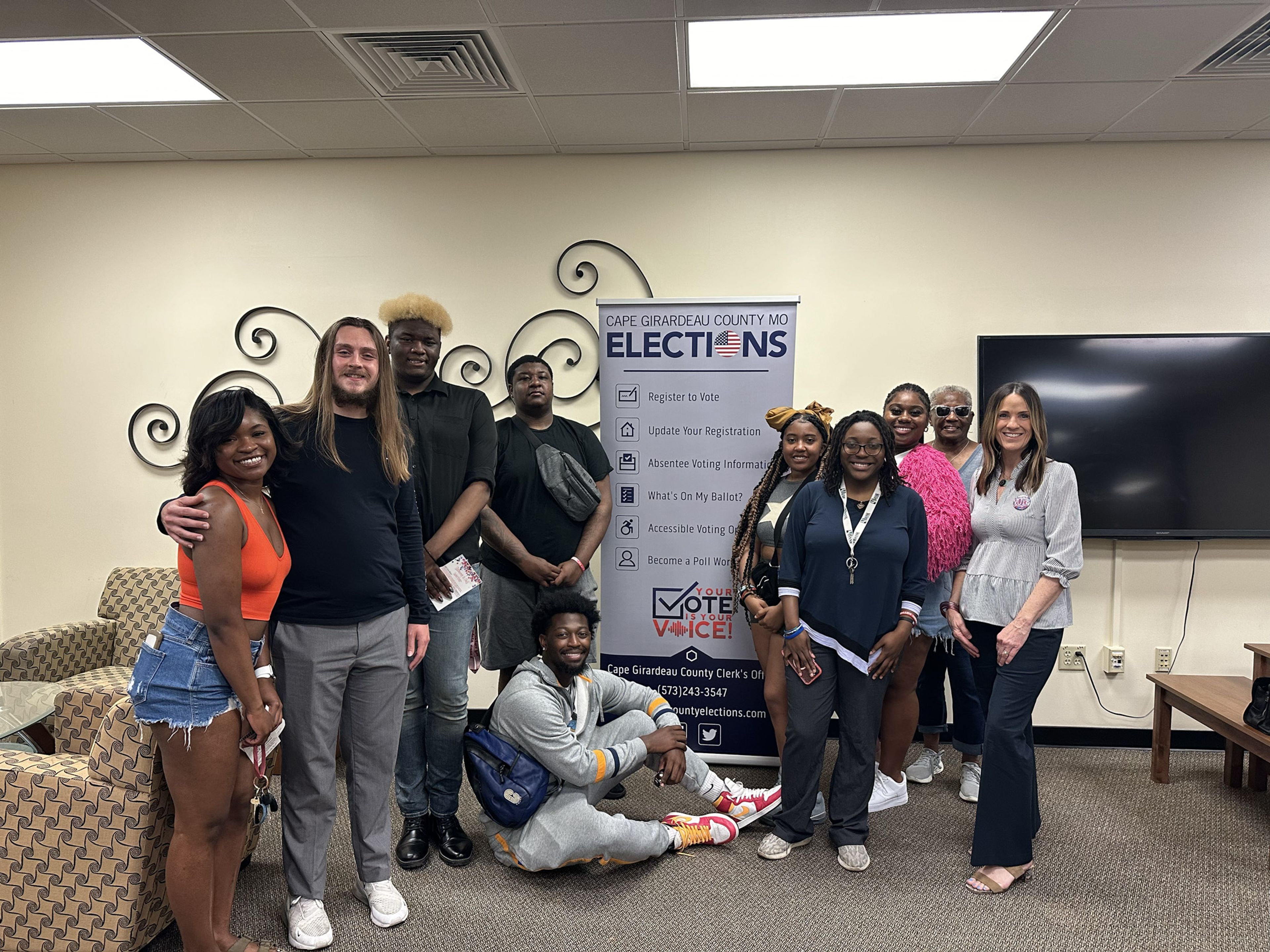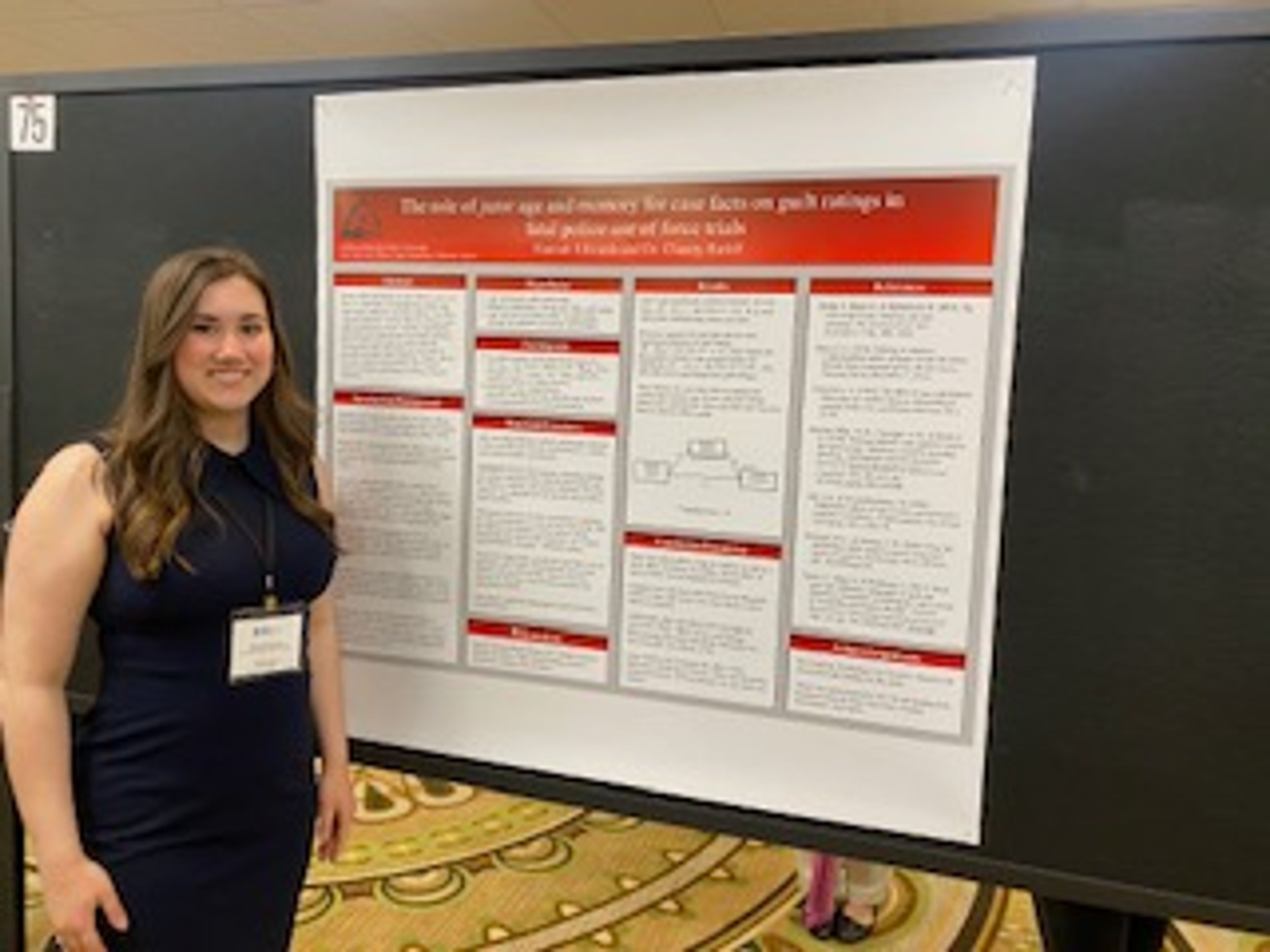Missouri's new budget will affect Missouri's K-12 education, but not in the way people might expect.
Last month, Gov. Eric Greitens announced a $146 million decrease in state funding with universities receiving $56 million in cuts. Southeast Missouri State University alone is facing a $3.43 million reduction in base funding for Fiscal Year 2018.
Greitens announced K-12 education would not be affected by the budget cuts at this time. However, $8.6 million toward busing has been cut as well as $194,000 for teaching training and development.
Dr. Sherri Copeland, an assistant professor in leadership and counseling at Southeast, said cuts to transportation are not new. Prior to coming to Southeast, Copeland served as the assistant superintendent for Cape Public Schools. In that position, Copeland said one of her jobs was to triage programs when budget cuts were put into effect.
"We live that all the time," Copeland said. "The formula was never truly fully funded, so we were constantly learning how to manage our resources."
When it comes to busing, Copeland said deciding how to deal with the decrease in funding is about what programs matter most. Budgets for busing are cut often and the lack of funding raises a lot of concerns for school districts. If a school district wants to keep running the same number of bus routes, the district must redistribute funds from elsewhere to maintain the routes.
In some cases, districts must readjust the busing requirements for students, sometimes increasing the distance a student must live from the school before allowing the student to be bused. Sometimes, districts choose to decrease the number of routes, which may force some students in rural areas to spend up to an hour or more on a bus to get to and from school every day.
If districts choose to maintain the number of bus routes, funding must come from somewhere else. Often, Copeland said, extracurricular programs like sports are cut first, which can have an affect on students in those districts.
"There are kids who are there just for sports and the activities and that's what keeps them motivated to come to school," Copeland said. "It wasn't the academics. It was the socializing. Those play an important part in that holistic delivery of learning."
It is possible if budget cuts occur, non-tenured teachers in some districts may be let go.
"Obviously, your biggest costs in school is people," Copeland said.
Copeland added, at this time, she doesn't worry about graduates of Southeast being able to find jobs. Currently, many districts in Missouri are facing a teacher shortage. She said the best way to prepare students is to produce solid educators.
Southeast began as the first teacher's college in Missouri and has continued producing quality teachers, something of which Copeland said the university should be proud.
"I would put Southeast students over students from any school in the state," Copeland said.
For the full story, visit Southeastarrow.com.




